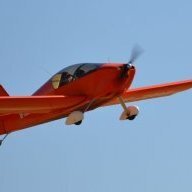-
Posts
118 -
Joined
-
Last visited
-
Days Won
2

Peter Anson replied to old man emu's topic in Aircraft Building and Design Discussion


Tagged with:

Peter Anson replied to danny_galaga's topic in Aircraft Building and Design Discussion


Peter Anson replied to bloodandiron's topic in AUS/NZ General Discussion



Peter Anson replied to JG3's topic in Trips/Events/Seats

Peter Anson replied to danny_galaga's topic in Aircraft Building and Design Discussion

Peter Anson replied to danny_galaga's topic in Aircraft Building and Design Discussion

Peter Anson replied to Peter Anson's topic in Sonex

Peter Anson replied to Peter Anson's topic in Sonex

